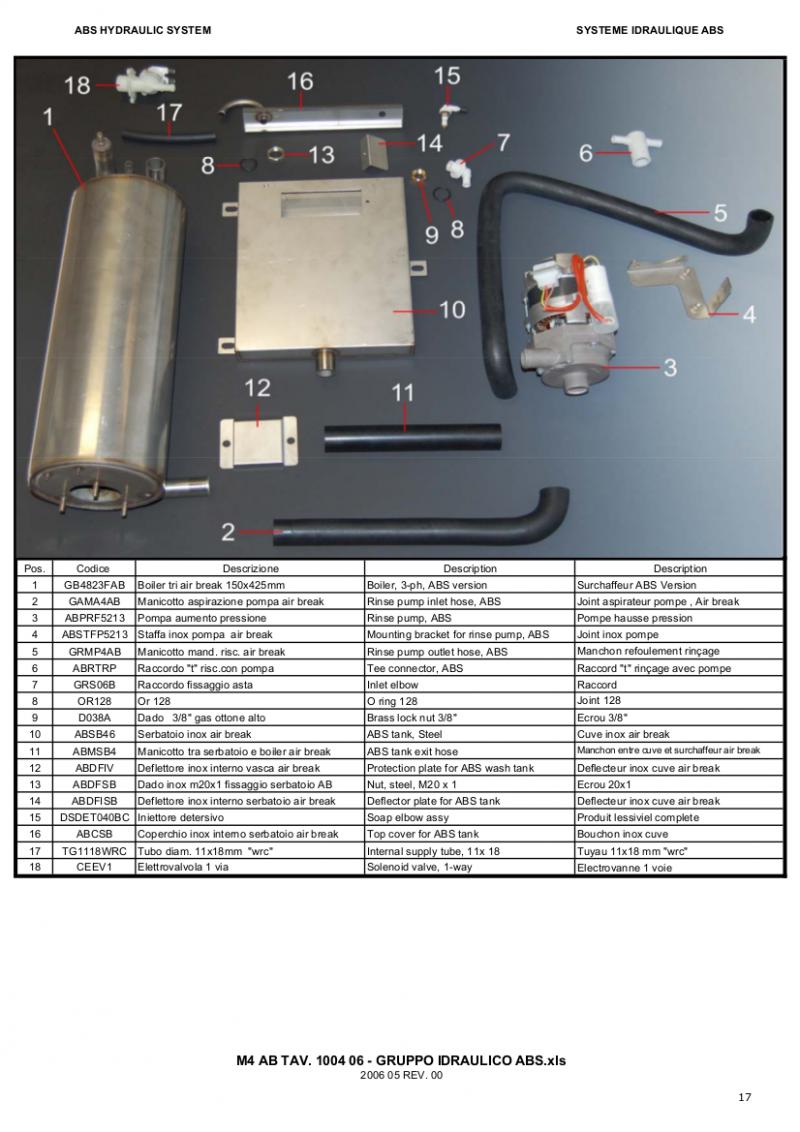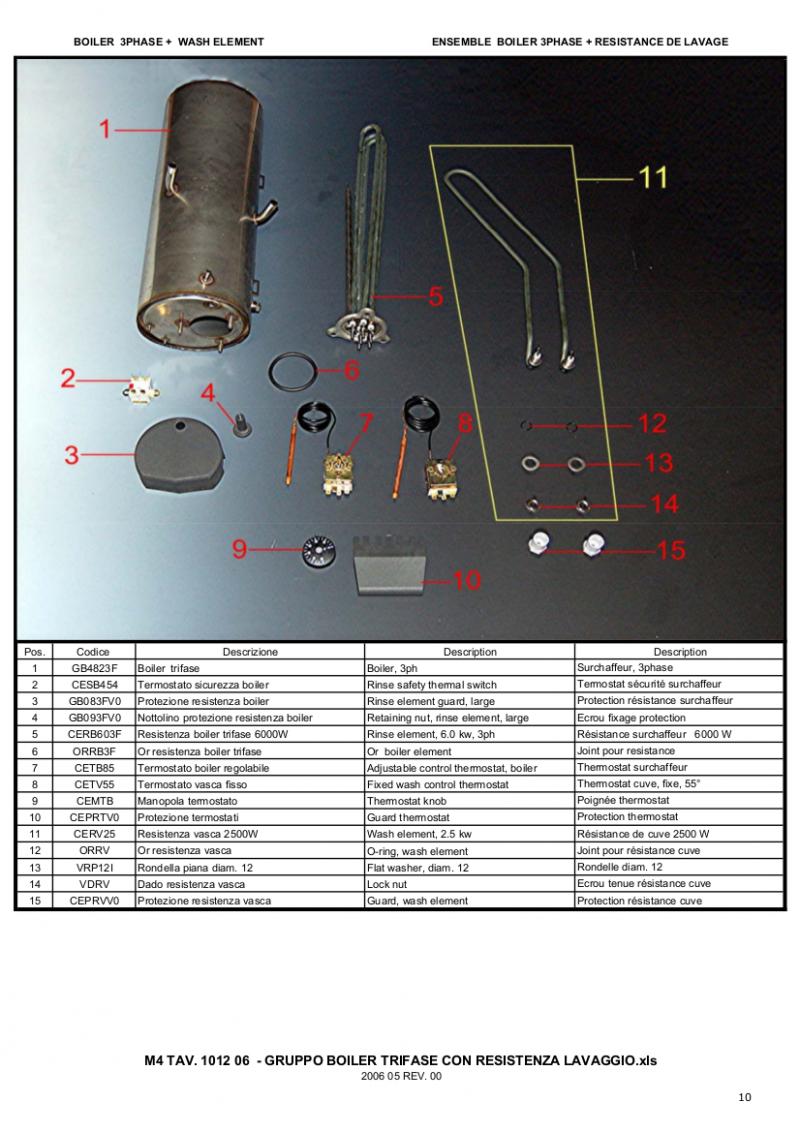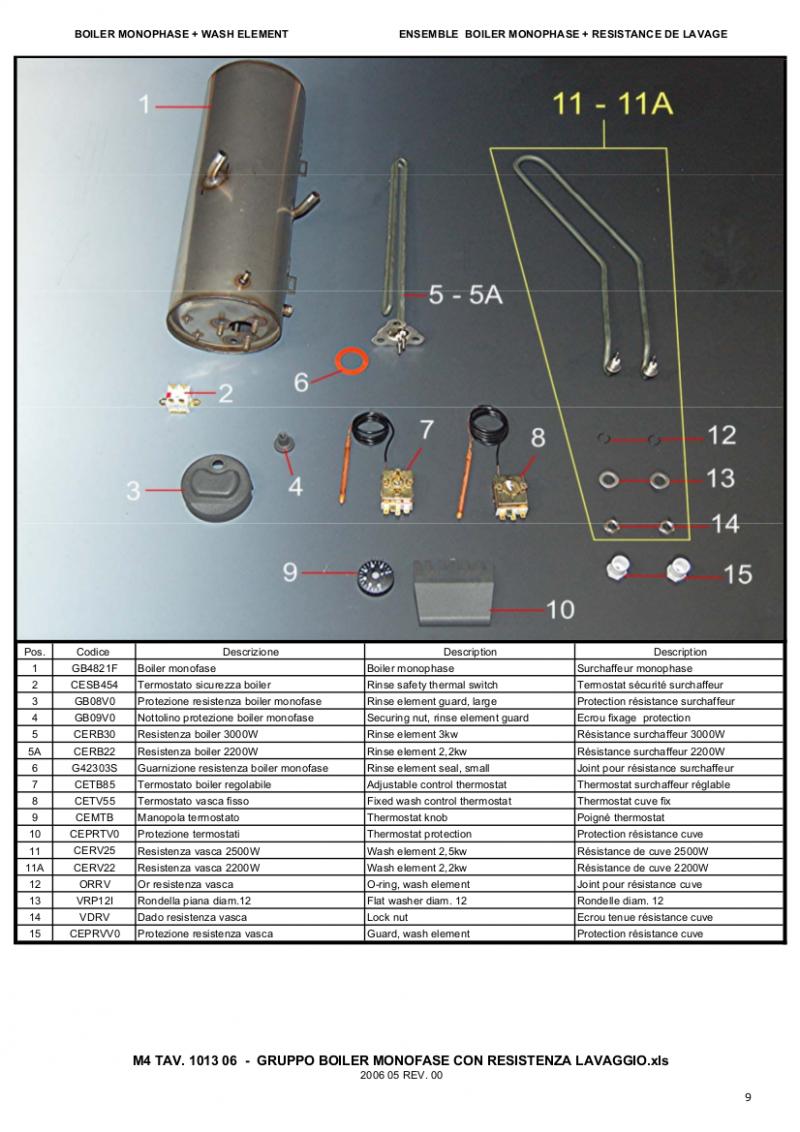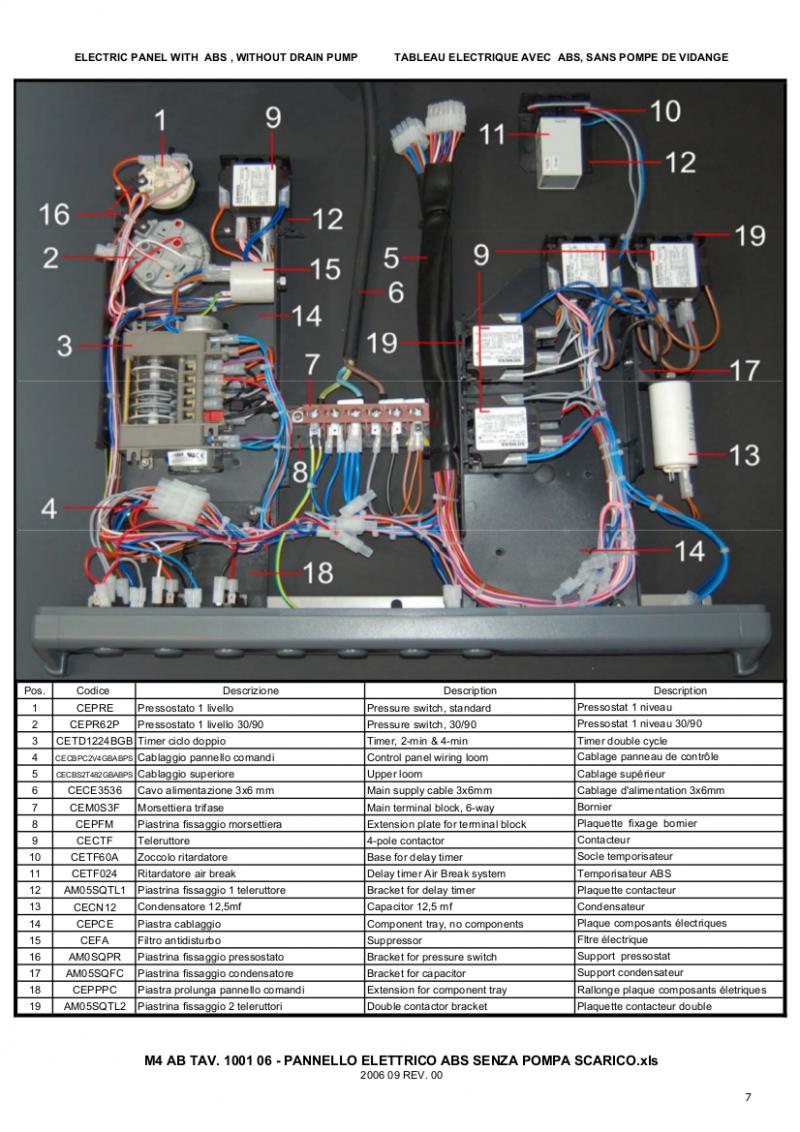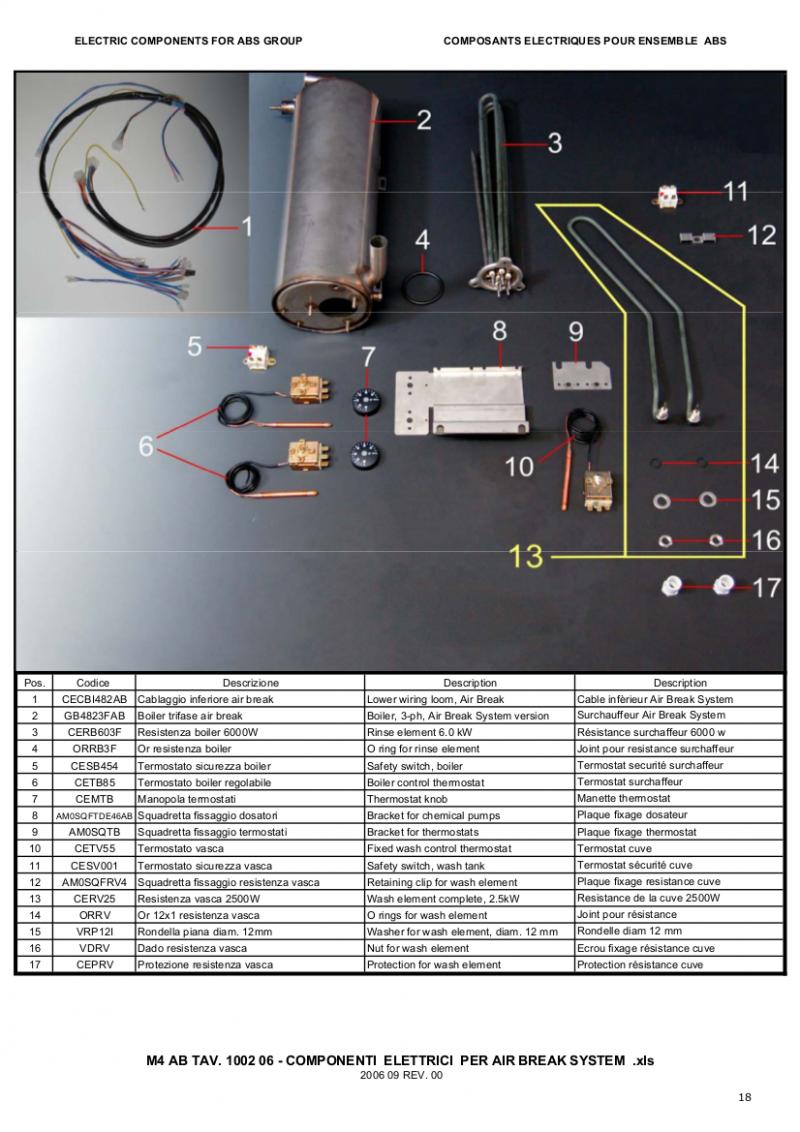Well, FWIW (given that I'm not an electrician), as I said, I can't remember them (probably because there is very rarely any need). Type B MCBs, yes, but BS1362 fuses, no.I was just gobsmacked that an electrician had no idea about fusing and non-fusing currents, even if he couldn't remember what the factors are for BS 1362 fuses.
That certainly seems to be the suggestion you are making - so, as I said, if you want to make a comment (or ask questions) about that, why not simply do so, rather than asking about recall of fuse operating characteristics? As I said, it seems to be unnecessary 'beating about the bush' - which, I have to say, is rather uncharacteristic of youSo is the suggestion that someone who is not an electrician, and doesn't know what he's doing, is installing circuits in a public building? Which might also be a place of work?
Kind Regards, John




